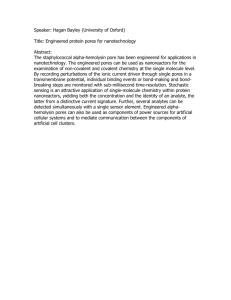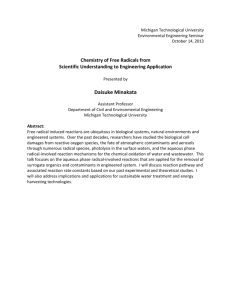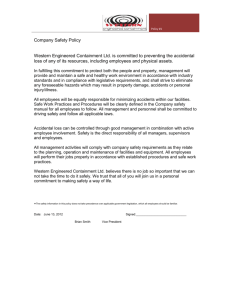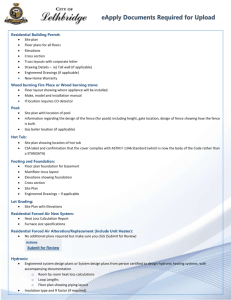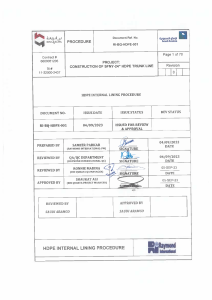Engineered Fills: CCRs & Encapsulation System by Charah
advertisement
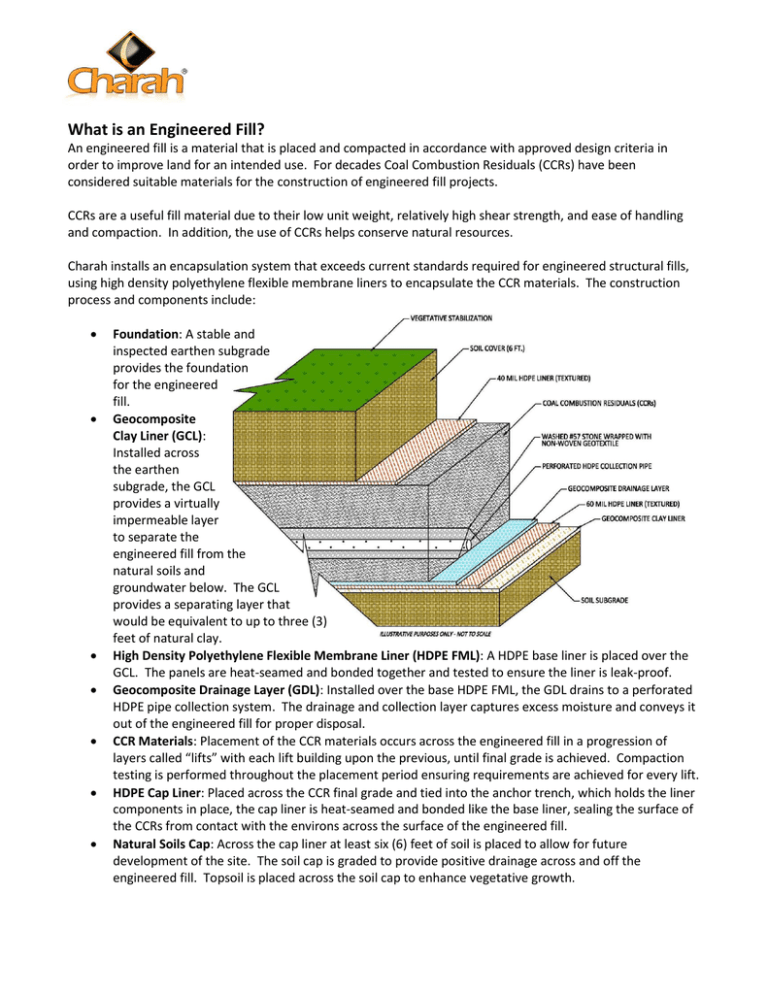
What is an Engineered Fill? An engineered fill is a material that is placed and compacted in accordance with approved design criteria in order to improve land for an intended use. For decades Coal Combustion Residuals (CCRs) have been considered suitable materials for the construction of engineered fill projects. CCRs are a useful fill material due to their low unit weight, relatively high shear strength, and ease of handling and compaction. In addition, the use of CCRs helps conserve natural resources. Charah installs an encapsulation system that exceeds current standards required for engineered structural fills, using high density polyethylene flexible membrane liners to encapsulate the CCR materials. The construction process and components include: Foundation: A stable and inspected earthen subgrade provides the foundation for the engineered fill. Geocomposite Clay Liner (GCL): Installed across the earthen subgrade, the GCL provides a virtually impermeable layer to separate the engineered fill from the natural soils and groundwater below. The GCL provides a separating layer that would be equivalent to up to three (3) feet of natural clay. High Density Polyethylene Flexible Membrane Liner (HDPE FML): A HDPE base liner is placed over the GCL. The panels are heat-seamed and bonded together and tested to ensure the liner is leak-proof. Geocomposite Drainage Layer (GDL): Installed over the base HDPE FML, the GDL drains to a perforated HDPE pipe collection system. The drainage and collection layer captures excess moisture and conveys it out of the engineered fill for proper disposal. CCR Materials: Placement of the CCR materials occurs across the engineered fill in a progression of layers called “lifts” with each lift building upon the previous, until final grade is achieved. Compaction testing is performed throughout the placement period ensuring requirements are achieved for every lift. HDPE Cap Liner: Placed across the CCR final grade and tied into the anchor trench, which holds the liner components in place, the cap liner is heat-seamed and bonded like the base liner, sealing the surface of the CCRs from contact with the environs across the surface of the engineered fill. Natural Soils Cap: Across the cap liner at least six (6) feet of soil is placed to allow for future development of the site. The soil cap is graded to provide positive drainage across and off the engineered fill. Topsoil is placed across the soil cap to enhance vegetative growth.

